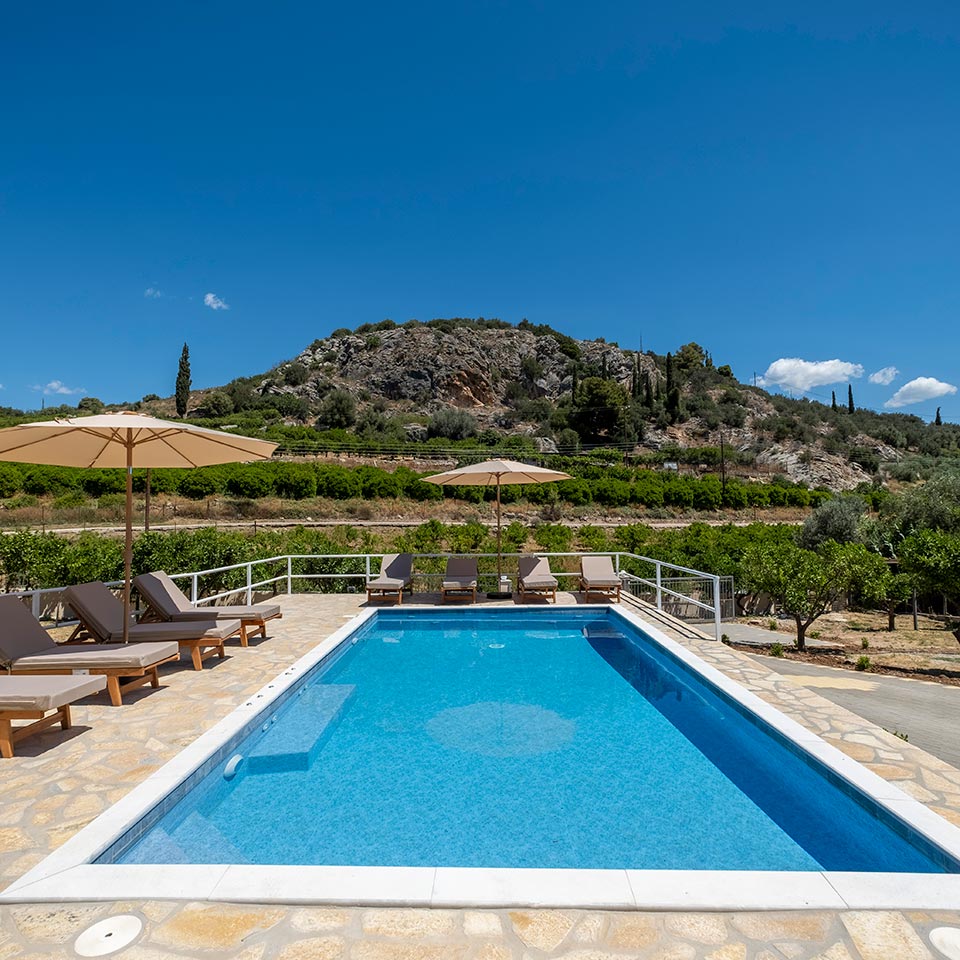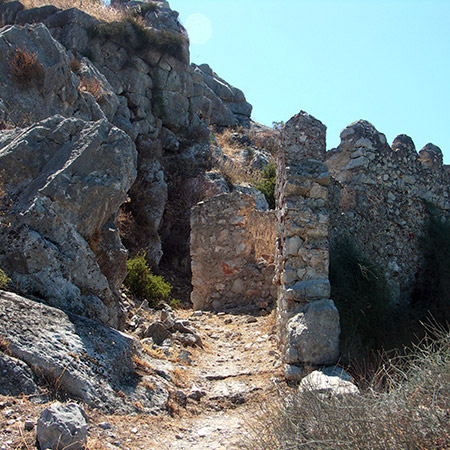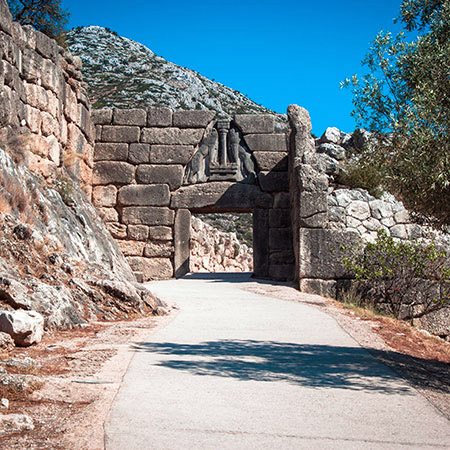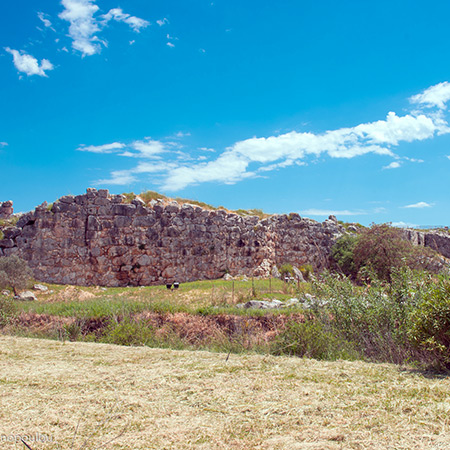
Larisssa Castle
in Argos
The oldest continuously inhabited city in Europe
The city of
Argos

Larisa Castle
Argos, the oldest continuously inhabited city in Europe, is rich in archaeological significance. Located in the northeastern Peloponnese, Argos played a pivotal role in Greek history from the Mycenaean period through classical antiquity and even Byzantine times.
The site includes the remains of the Heraion, an ancient Greek tmaple dedicated to goddess Hera, and the Larisa Fortress, which offers panoramic views of the Argive plain. The castle of Argos was built by the Franks when they occupied the area during the 10th century AD. Excavations have found that the first signs of fortification on the hill date back to prehistoric time and was then continuously added to by later inhabitants creating a beautiful meeting point of cultures throughout time.

Argos ancient theatre
Other archaeological sites close to Tolo found in Argos include an ancient theater built in the 3rd century B.C, one of the largest in ancient Greece with a capacity to hold up to 20,000 spectators. The ancient marketplace or "agora" was a meeting point for the ancient city, a place to discuss politics & philosophy while also serving as a commercial hub and was connected to the theatre. Right next to this ancient theatre close to Nafplio, one can see the remnants of Roman baths built during Roman times. Excavations have revealed Mycenaean tombs, classical Greek structures, and buildings from the Roman era, reflecting the city's long-standing history and it's importance as a cultural and political hub. Argos' archaeological layers provide a comprehensive overview of Greek history starting from prehistoric settlement in the area, moving to Mycenaean and Classic times to the Roman period and later Byzantine times making it ideal for those who take an interest in discovering the past.
NEARBY
POPULAR SITES
See some other interesting places close to Tolo, explore archaeological sites in the Nafplio area or see our beaches in Argolida page for some inspiration…





